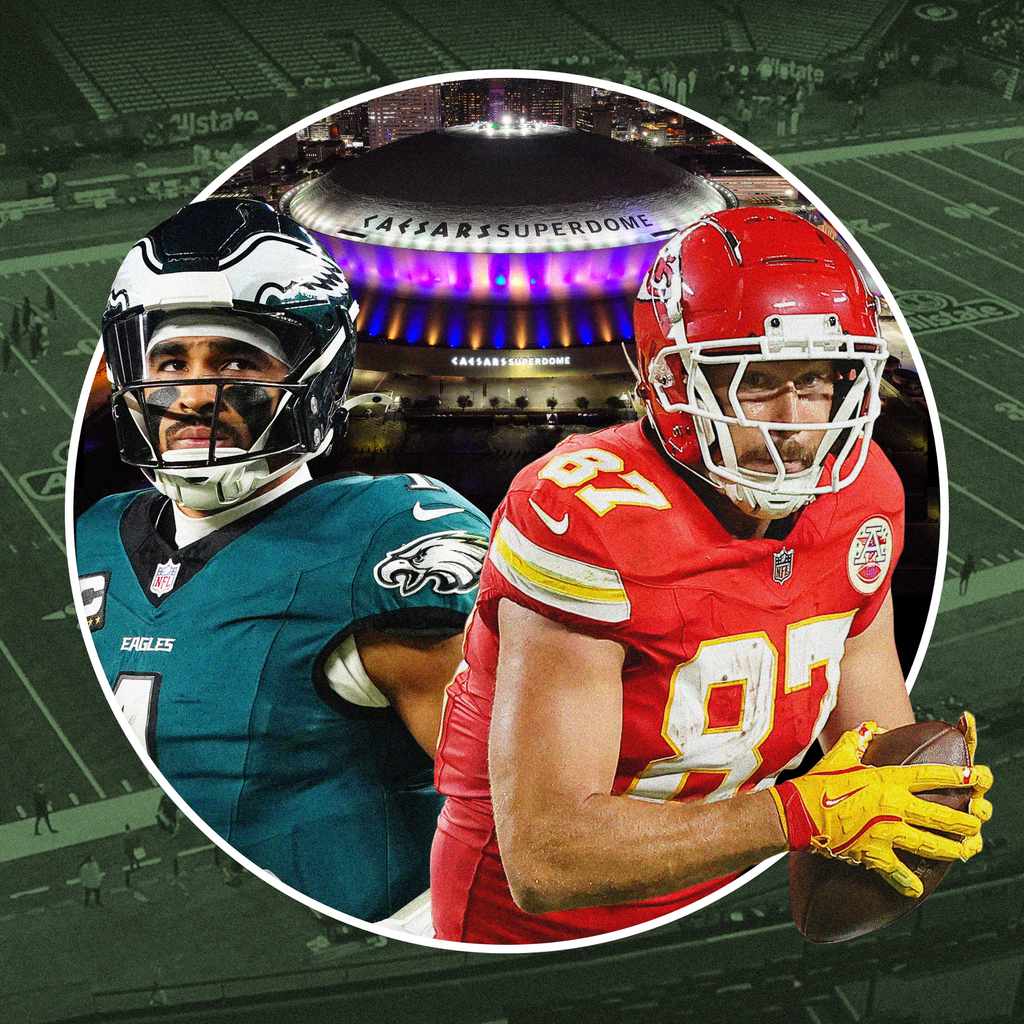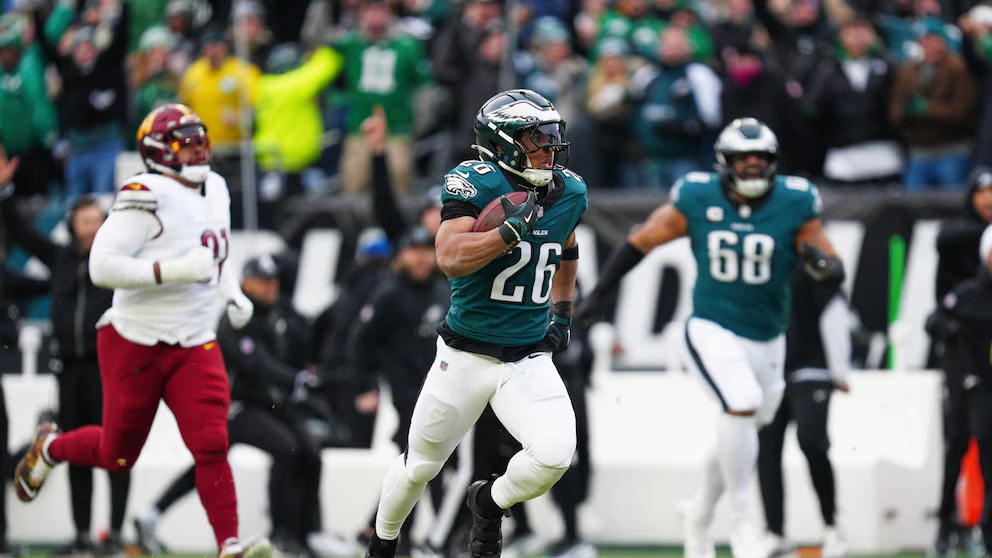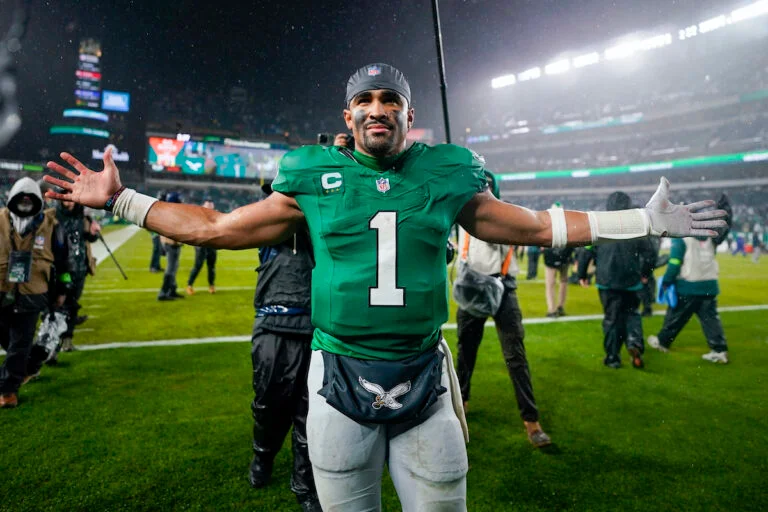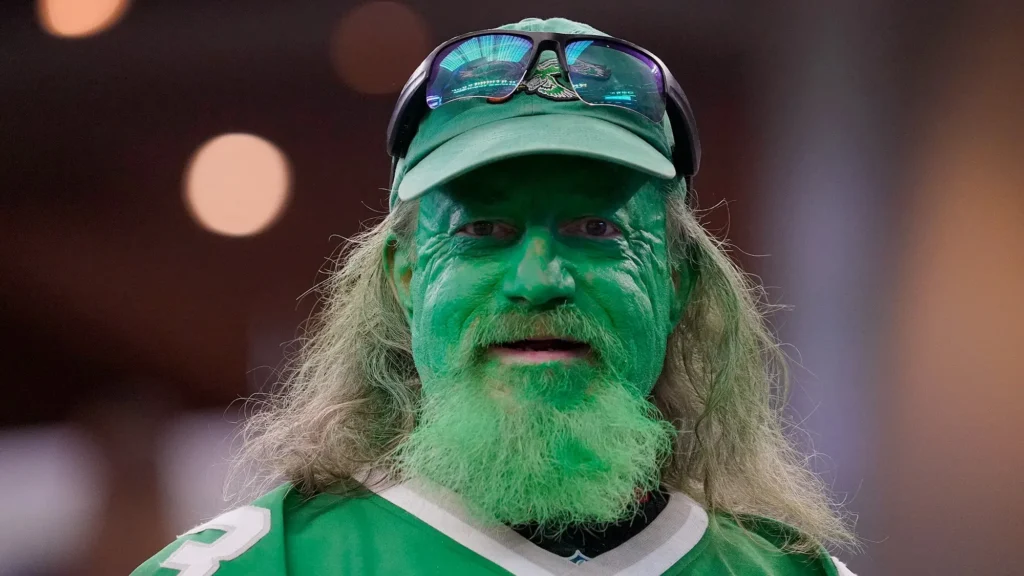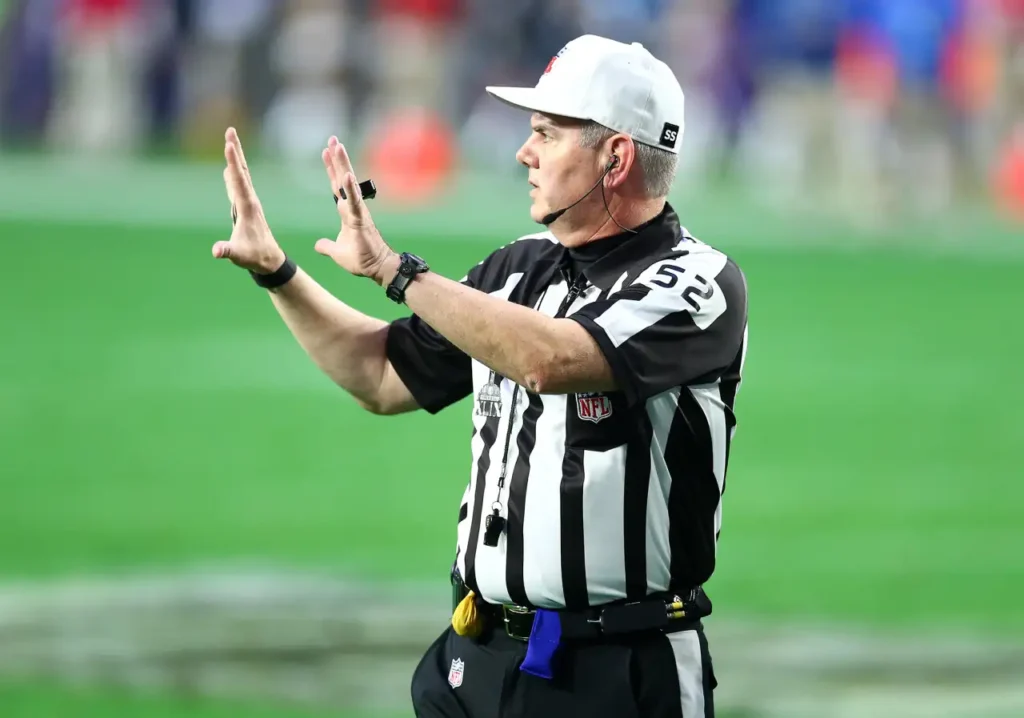The Super Bowl is more than just the biggest sporting event in the United States—it’s an economic juggernaut. Each year, the game injects billions of dollars into various sectors, affecting the host city, the participating teams’ cities, advertisers, television networks, local businesses, and even grocery stores.
From stadium ticket sales and sponsorships to the financial impact on bars, restaurants, and Super Bowl parties, the economic reach of the event is massive. Let’s break down every aspect of the economic impact of Super Bowls and how it ripples through multiple industries.
The Host City: The Immediate Super Bowl Economy
Each year, a different city is selected to host the Super Bowl, bringing an influx of visitors, media, corporate sponsors, and events to the area. The host city economy benefits significantly from the tourism, hospitality, and local business spending that comes with the game.
1. Hotel & Short-Term Rental Boom
- Hotels in the host city see sky-high occupancy rates, with some charging 3-5 times their normal rates for Super Bowl weekend.
- Airbnb and short-term rentals also see a surge, with some properties renting for thousands per night.
2. Restaurants & Bars Thrive
- Local restaurants near the stadium and in entertainment districts experience record-breaking sales leading up to the event.
- Bars that host Super Bowl watch parties charge cover fees and premium prices for drinks.
3. Job Creation & Temporary Workers
- The event creates temporary jobs for security staff, stadium workers, hospitality staff, and event planners.
- Local transportation services, including Uber, Lyft, taxis, and public transit, see a huge increase in demand.
4. Long-Term Impact
- The exposure from hosting a Super Bowl can boost future tourism and attract major events, conventions, and investors.
- New stadiums or infrastructure built for the event can benefit the city for years to come.
Despite the financial windfall, some critics argue that the costs of hosting—including security, infrastructure, and tax incentives for the NFL—outweigh the direct economic benefits.
Economic Impact of the Super Bowls on the Teams’ Cities
The economic benefits of the Super Bowl aren’t just limited to the host city. The cities of the two competing teams also experience major economic shifts leading up to and after the big game.
1. Increased Merchandise Sales
- Fans rush to buy team jerseys, hats, and memorabilia, fueling millions in additional revenue for local retailers and online stores.
- Championship merchandise sales skyrocket if their team wins, adding millions more to the local economy.
2. Bars & Restaurants See a Surge
- In Kansas City and Philadelphia (Super Bowl LVII), bars and restaurants saw an estimated 40-50% increase in revenue on Super Bowl weekend.
- Win or lose, watch parties drive significant spending in local businesses.
3. Parade & Celebration Costs & Benefits
- If a team wins, their city hosts a championship parade, bringing thousands of fans to downtown areas.
- These celebrations generate huge economic activity but also require significant city resources for security, cleanup, and logistics.
4. Long-Term Impact on Team & City Revenue
- A Super Bowl win can increase a team’s season ticket sales and sponsorship deals in the following years.
- More national recognition can drive higher tourism to the city, especially if it is a smaller market team.
Super Bowl Advertising: A Multi-Billion Dollar Industry
Advertising during the Super Bowl is one of the most expensive and high-profile marketing opportunities in the world.
1. The Cost of a Super Bowl Commercial
- In 2024, the cost for a 30-second Super Bowl commercial was around $7 million.
- Companies compete fiercely for ad spots, often launching entire marketing campaigns around their Super Bowl commercials.
2. The Effectiveness of Super Bowl Ads
- Some brands see major sales spikes after a successful ad, while others fail to convert the investment into revenue.
- Social media engagement and YouTube replays help amplify the impact of commercials beyond game day.
3. Emerging Trends in Super Bowl Ads
- Tech & streaming companies are increasing their ad spend, competing with traditional brands like beer, auto, and snack companies.
- Some companies now release their ads early on social media, maximizing engagement before the game even starts.
Ticket Pricing & Stadium Revenue
Super Bowl tickets are among the most expensive in sports, and prices have only risen in recent years.
1. The Cost of Attending the Super Bowl
- The average ticket price for Super Bowl LVIII in 2024 was between $6,000 and $9,000.
- Premium seats and luxury boxes can easily exceed $30,000 per ticket.
2. Stadium Revenue & Concessions
- Fans inside the stadium spend hundreds of dollars per person on food, drinks, and merchandise.
- Concession prices for beer, hot dogs, and snacks are significantly inflated during the Super Bowl.
The Super Bowl Party Economy: The Impact on Grocery & Retail Sales
While the Super Bowl itself is a multi-billion-dollar event, its economic influence extends far beyond the stadium and host city. Millions of Americans host or attend Super Bowl watch parties, turning the game into a massive retail and grocery spending event. From snacks and beverages to big-screen TVs and home entertainment systems, the consumer spending surrounding Super Bowl Sunday fuels significant revenue growth for multiple industries.
In fact, Super Bowl Sunday is the second-biggest food consumption day of the year in the U.S., trailing only Thanksgiving. The demand for party-related goods and services reaches an all-time high in the weeks leading up to the game, with supermarkets, liquor stores, electronics retailers, and restaurants all experiencing major sales surges.
Here’s a detailed breakdown of the economic impact of Super Bowl party culture on the grocery and retail industries.
1. Grocery & Beverage Industry Sales Boom
Super Bowl Sunday is a major revenue driver for grocery stores, wholesalers, and big-box retailers. Households hosting Super Bowl parties stock up on popular game-day foods, driving billions of dollars in food and beverage sales.
Key Stats on Super Bowl Grocery Sales:
- Americans spend over $15 billion on food and drinks for Super Bowl parties each year.
- Over 1.4 billion chicken wings are consumed on Super Bowl Sunday alone.
- More than 12.5 million pizzas are ordered or prepared at home during the game.
- Sales of chips, dips, and salsa increased by over 30% in the week leading up to the Super Bowl.
- Supermarkets see a 35-40% increase in snack sales compared to an average weekend.
- Avocado sales for guacamole surge to nearly 100 million pounds leading up to the game.
Beyond snacks, grocery stores also see increased sales of grill-friendly items like burgers, sausages, and hot dogs, as many Super Bowl parties involve barbecues, especially in warmer climates.
The demand for pre-made party platters, frozen appetizers, and meal kits also increases, as people look for easy hosting options that require minimal preparation.
2. Alcohol Sales Surge
Super Bowl Sunday is one of the biggest alcohol consumption days of the year, with beer, liquor, and wine sales reaching record levels.
Key Stats on Super Bowl Alcohol Sales:
- Beer consumption alone reaches 325 million gallons on Super Bowl Sunday.
- More than 50 million cases of beer are sold in the two weeks leading up to the game.
- Liquor store sales increased by 15-20% in the week before the Super Bowl, with a focus on whiskey, vodka, and tequila for cocktails.
- Wine sales also rise by around 10-15%, as some Super Bowl parties cater to non-beer drinkers.
- Ready-to-drink cocktails and hard seltzers have seen a 30-40% increase in Super Bowl sales over the past few years, as younger audiences prefer alternatives to beer.
Bars and restaurants also benefit from the increased demand for alcohol, with sports bars and pubs experiencing their busiest day of the year outside of major holidays. However, due to the popularity of home Super Bowl parties, alcohol sales in stores typically outpace bar sales for the event.
3. Electronics & TV Sales Surge in the Lead-Up to the Super Bowl
Many fans take the Super Bowl as an opportunity to upgrade their home entertainment systems, leading to a significant increase in sales of televisions, sound systems, and related accessories.
Key Stats on Super Bowl Tech Sales:
- TV sales increased by 20-30% in January and early February, making it one of the best times of the year for electronics retailers.
- More than four million televisions are sold in the weeks leading up to the Super Bowl.
- Retailers offer major discounts on large-screen TVs, with a focus on 65-inch and 75-inch models, as consumers look for a better viewing experience.
- Sales of soundbars and home theater systems increase by 40-50%, as fans want better audio for their game-day experience.
- Streaming device sales, such as Roku, Apple TV, and Fire Stick, also spike as fans ensure they have access to high-quality Super Bowl broadcasts.
Big-box retailers like Best Buy, Walmart, and Costco aggressively market Super Bowl TV deals in the weeks leading up to the event, knowing that many consumers use the game as an excuse to upgrade their setup. Some consumers also use store policies to their advantage by purchasing a high-end TV for the game and returning it after Super Bowl weekend, a practice that some retailers have tried to crack down on.
4. The Rise of Super Bowl-Themed Promotions & Deals
Beyond groceries, alcohol, and electronics, the retail industry as a whole capitalizes on Super Bowl hype. Major brands and retailers roll out Super Bowl-themed promotions, leading to an increase in:
- Apparel and merchandise sales, including jerseys, hats, and team-branded clothing
- Subscription services like food delivery, streaming services, and sports betting platforms offering Super Bowl deals
- Kitchen appliances such as deep fryers, air fryers, and slow cookers, as more people prepare party food at home
Retailers, both online and brick-and-mortar, leverage Super Bowl branding in their advertisements to tap into consumer excitement and spending habits.
5. The Economic Impact of Super Bowl Party Culture
The widespread tradition of hosting Super Bowl parties creates an economic ripple effect across multiple industries, from grocery stores and liquor retailers to restaurants, electronics sellers, and even home improvement stores.
The Super Bowl spending surge benefits:
- Grocery chains like Kroger, Walmart, and Whole Foods, which experience record sales for snacks, beverages, and prepared foods.
- Liquor retailers such as Total Wine & More and BevMo!, see one of their busiest weekends of the year.
- Pizza chains including Domino’s, Papa John’s, and Pizza Hut, deliver millions of pizzas on game day alone.
- Electronics retailers like Best Buy and Amazon, experience a rush of sales on TVs, soundbars, and home theater systems.
With over 100 million people watching the Super Bowl in the U.S., the financial impact of the event extends far beyond just ticket sales and advertising. Super Bowl Sunday is a nationwide spending event, making it a crucial time for retailers in multiple sectors.
The Super Bowl’s Multi-Layered Economic Impact
The Super Bowl is far more than just a football game—it’s a massive economic force that touches nearly every industry. From the host city’s short-term financial boost to the long-term revenue generated by teams and businesses, the ripple effect is undeniable.
The event drives billions in consumer spending, from tickets and travel to food and advertising, solidifying its place as one of the biggest commercial spectacles in the world. While some question whether the costs of hosting outweigh the benefits, the cultural and economic impact of the Super Bowl remains one of the most significant forces in American sports.
With each passing year, the Super Bowl’s financial footprint continues to grow, making it not just a game, but a multi-billion-dollar business.

